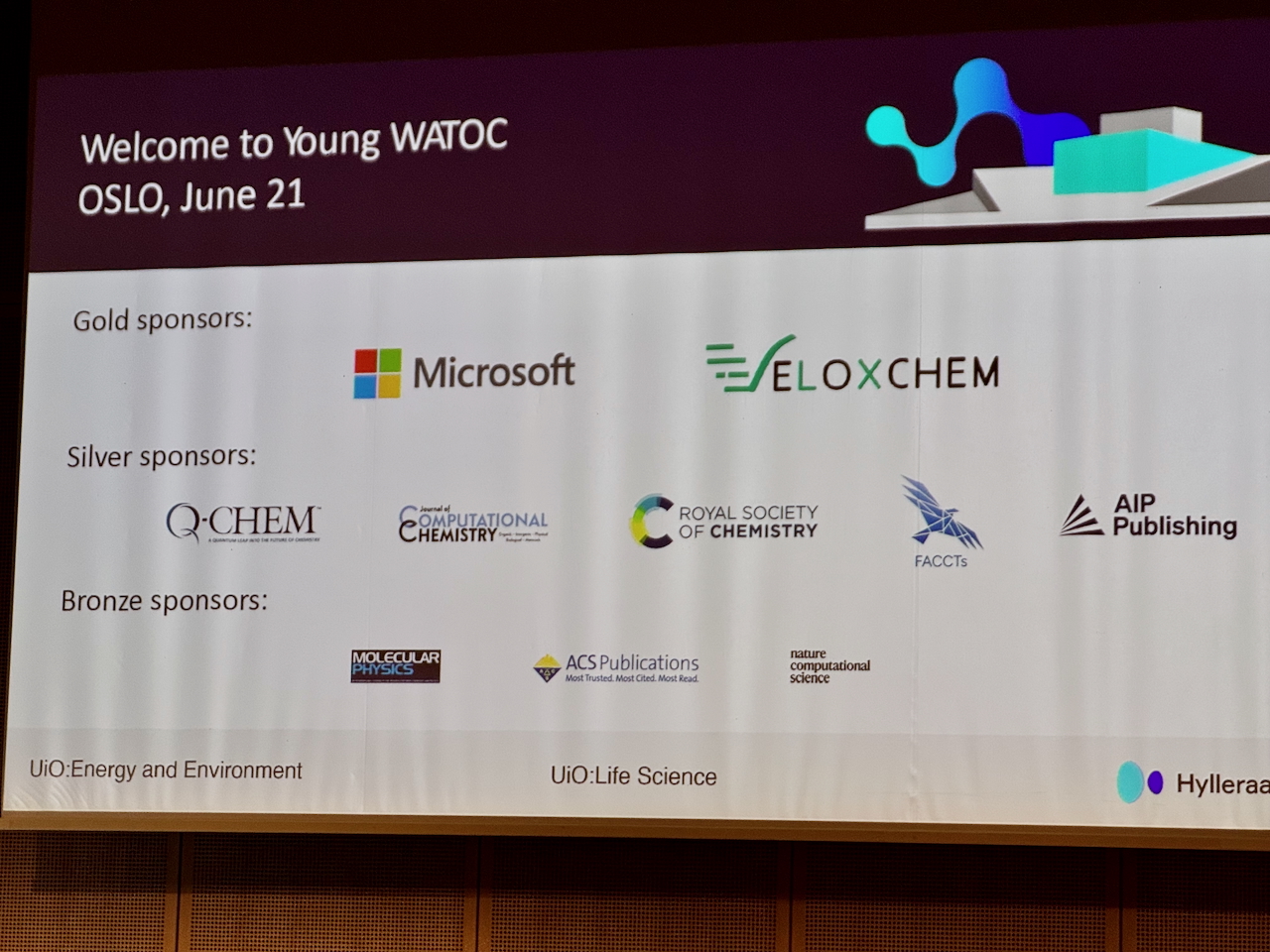In an earlier blog, I discussed the curly arrows associated with the known dimerisation of nitrosobenzene, and how the N=N double bond (shown in red below) forms in a single concerted process.
In the previous post I followed up on an article published on the theme “Physical Organic Chemistry: Never Out of Style“. Paul Rablen presented the case that the amount of o (ortho) product in electrophilic substitution of a phenyl ring bearing an EWG (electron withdrawing group) is often large enough to merit changing the long […]
The title of this post comes from an article published in a special virtual issue on the theme “Physical Organic Chemistry: Never Out of Style” There, Paul Rablen presents the case that the amount of o (ortho) product in electrophilic substitution of a phenyl ring bearing an EWG (electron withdrawing group) is often large enough […]
This are just a few insights I have got from some of the talks I attended. As usual, this does not represent a report on the WATOC congress itself, but simply some aspects that caught my personal eye.

The WATOC congresses occur every three years.
I am in the process of revising my annual lecture to first year university students on the topic of “curly arrows”. I like to start my story in 1924, when Robert Robinson published the very first example as an illustration of why nitrosobenzene undergoes electrophilic bromination in the para position of the benzene ring.
Tom recently emailed me this question: Do you know how to find out how many of the compounds that appear in the chemical literature are mentioned just once? Intrigued, I first set out to find out how many substances, as Chemical Abstracts refers to the them, there were as of 5 June, 2025.
I thought I was done with exploring anomeric effects in small sulfur rings. However, I then realised that all the systems that I had described had an odd number of atoms and that I had not looked at any even numbered rings.
Last year I reminisced on the occasion of the 40th Anniversary of the Macintosh computer.
In this series of posts about the electronic effects in small sulfur rings I have explored increasingly large induced geometric effects.
The two previous posts, on the topic of anomeric effects in 7-membered sulfur rings illustrated how orbital interactions between the lone pairs in the molecules and S-S bonds produced widely varying S-S bond lengths in the molecules, some are shorter than normal (which is ~2.05Å for e.g. the S8 ring) by ~ 0.1Å and some […]